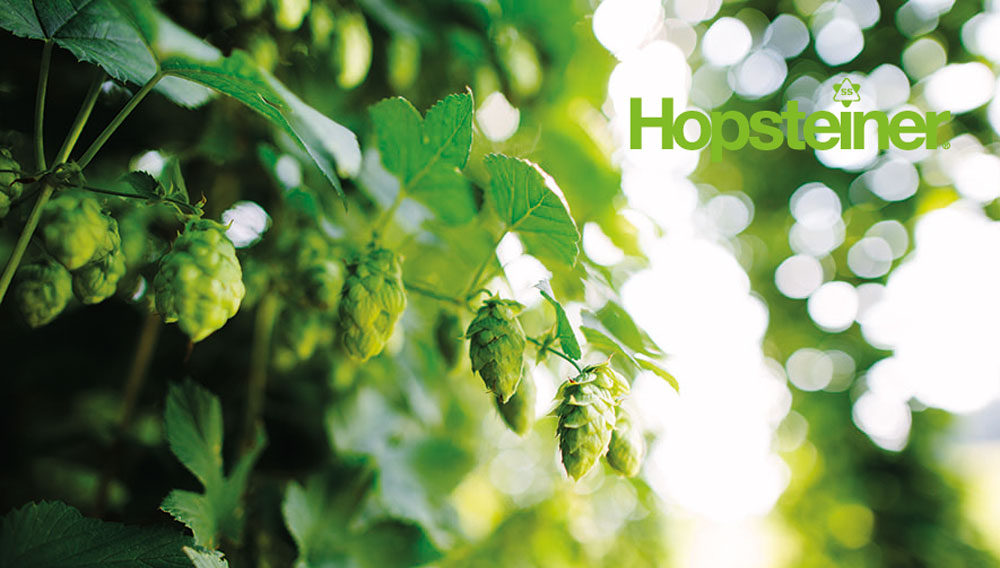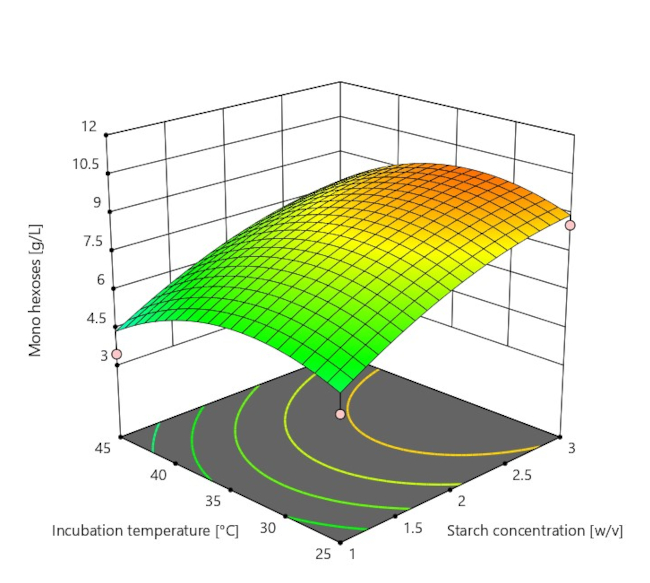"Hop creep" - soon more predictable?
Technical Support | The hop creep phenomenon is caused by the introduction of diastatic enzymes via dry hopping. Such hop enzymes are converting unfermentable real extract into fermentable sugars. In the presence of active yeast this may lead to unwanted secondary fermentation of beer followed by uncontrolled increase in diacetyl, alcohol, and carbon dioxide.
Still open questions are whether this phenomenon is dependent on hop variety, crop year and growing, harvest or processing techniques. To gain more insight, a reliable analytical “hop creep forecast” method is necessary.
In a paper recently published in the BrewingScience journal, Wietstock et al. describe the development of a suitable assay to measure hop diastatic activity under optimized conditions (see Figure). They recommend quantitative HPLC determination of defined mono hexoses after the incubation of hop samples with a potato starch substrate. HPLC analysis is performed according to slight modifications of an existing MEBAK method for measuring malt diastatic activity. So far, 14 hop varieties have been analyzed showing some differences in their diastatic power. Further results on a larger number of samples coming from several crop years will be published soon together with the final description of a standardized method. The goal of the authors is to propose a reliable and reproducible approach to better predict the hop creep effect.
If you need any further information, please contact us ().



